Technology is evolving at breakneck speed, and artificial intelligence (AI) is now a fundamental part of information technology (IT). From automating repetitive tasks to predicting system failures before they cause downtime, AI is reshaping how IT teams operate. The 2022 IBM Global AI Adoption Index found that 35 percent of companies worldwide already use AI in some form — a clear sign that businesses prioritize digital transformation.
For IT departments, AI-driven automation is a game changer. It cuts down on human error, streamlines daily workflows, and strengthens security. It can even spot unusual network activity before it becomes a security threat or performance issue. Meanwhile, machine learning in IT operations (MLOps) helps teams shift from reacting to problems to preventing them through predictive analytics.
In this blog post, we’ll cover five key benefits of AI in IT, the challenges and ethical considerations to keep in mind, and a simple five-step process for integrating AI into your organization. By understanding the advantages and risks, IT leaders can implement AI responsibly and set their teams up for long-term success.
Why is AI a game-changer for IT?
AI helps IT teams work smarter by automating processes, strengthening cybersecurity, and optimizes system performance, making departments more efficient and proactive.
What is AI in IT?
AI in IT uses machine learning (ML), deep learning, and natural language processing (NLP) to make operations more efficient. These technologies allow systems to analyze data, recognize patterns, and make intelligent decisions that go far beyond traditional automation. Unlike standard IT processes that rely on manual oversight, AI-powered IT management adjusts in real time to changing workloads, security threats, and system demands.
- ML teaches systems to learn from data so algorithms can improve and adapt over time. It can also detect unusual network activity in IT or predict server demands before issues arise.
- Deep learning uses neural networks modeled after the human brain to find complex patterns in massive datasets. It’s useful for tasks like image recognition in security footage or advanced predictive analytics for IT infrastructure.
- NLP allows AI to understand and respond to human language, as seen in intelligent IT helpdesks that automate ticket routing and troubleshooting.
AI-powered IT vs traditional IT
Traditional IT management relies on people to monitor systems, install updates, and fix issues. AI-driven IT automates many of these tasks, reducing errors and boosting response times. That means IT teams can spend less time reacting to problems and more time improving infrastructure and driving innovation.
How AI is transforming IT
AI has entered nearly every corner of IT operations, from server management to security. The following list outlines five significant applications where AI implementation is making a substantial impact. Each use case highlights how AI simplifies processes, fortifies defenses, and improves overall system resilience.
- Automated IT Operations (AIOps): In AIOps, AI analyzes vast amounts of data from logs, metrics, and event streams to spot problems early. These platforms can even predict failures and trigger automated workflows to resolve them. For instance, companies like Netflix use AIOps to anticipate spikes in user demand and keep streaming running smoothly.
- AI-driven cybersecurity: As cyber threats become more sophisticated, AI-driven cybersecurity is critical. By continuously monitoring system behavior, AI can detect anomalies in real time and flag potential breaches before they escalate. Top security platforms also use AI to automate threat responses, isolating infected endpoints to prevent widespread damage.
- Predictive analytics for IT performance: Predictive analytics tools use MLOps to forecast system resource needs, helping IT departments prevent downtime and optimize workloads. For example, a bank might use predictive analytics to increase server capacity during peak transaction hours or preemptively schedule maintenance before hardware fails.
- Intelligent IT helpdesks: Chatbots and virtual assistants powered by NLP have transformed IT service desks. These intelligent agents can handle basic support requests and pass complex issues to human technicians. This approach shortens resolution times, improves user satisfaction, and frees up valuable IT resources.
- Enterprise IT infrastructure optimization: AI supports IT operations automation by balancing cloud workloads, provisioning resources on demand, and automatically scaling environments. It can also suggest cost-saving measures and spot underused resources that could be put to better use.
How does AI improve IT security?
AI continuously monitors system behavior, detects threats, and stops cyberattacks before they spread.
As AI advances, IT departments will see even greater automation, improved decision-making, and stronger security. Embracing AI-driven IT helps businesses stay ahead of technology trends, cut costs, and focus on strategic growth.
5 key benefits of AI in IT
For businesses adopting AI, the impact on IT operations can be game-changing. Here are five key benefits IT leaders can expect when integrating AI into their systems.
1. Stronger cybersecurity
AI-driven security systems provide 24-7 monitoring and detect threats that traditional methods might miss. By analyzing user behavior, network activity, and endpoint interactions, AI can spot subtle signs of malware, unauthorized access, or suspicious activity, stopping cyberattacks before they escalate.
2. Automated IT workflows
AI-powered tools streamline routine IT tasks like patch management, server provisioning, and helpdesk ticketing. By reducing manual workloads, IT teams can focus on high-impact initiatives instead of getting bogged down in repetitive maintenance.
3. Improved system reliability
AI monitors system health in real time, predicting and preventing potential failures before they disrupt operations. This proactive approach ensures maximum uptime, smooth performance, and a better user experience.
4. Faster decision-making
AI instantly processes massive amounts of data, givingIT teams the insights they need to respond quickly to shifting conditions. For example, if a sudden traffic spike threatens to overwhelm a corporate website, AI can recommend scaling cloud resources to prevent slowdowns or crashes.
5. Cost reduction & scalability
By identifying underused resources and automating time-consuming processes, AI helps IT departments cut costs. AI-driven scalability ensures resources are allocated efficiently, so companies don’t overspend on unnecessary infrastructure.
Can AI reduce IT costs?
Yes! AI minimizes downtime, optimizes resources, and prevents security breaches, reducing overall IT expenses.
5 challenges & ethical considerations in AI adoption
AI brings incredible benefits to IT, but organizations must also tackle challenges like data privacy, bias, and integration issues. Here are five key concerns and how to address them responsibly.
1. Data privacy & security risks
- Challenge: AI systems require extensive datasets, often containing sensitive information, to function effectively. If data isn’t protected, breaches could compromise company and customer information.
- Solution: Comply with relevant regulations like GDPR and CCPA and implement strict encryption, access controls, and AI security protocols. Regular audits help ensure ongoing compliance.
2. AI model bias & errors
- Challenge: AI algorithms can inadvertently learn AI biases from historical data, leading to skewed decision-making. This means it might misidentify “normal” vs “abnormal” system behavior in IT contexts.
- Solution: Regularly retrain AI models using diverse and up-to-date datasets. Implement performance monitoring to detect and correct anomalies promptly.
3. Integration with legacy IT systems
- Challenge: Many organizations still rely on outdated or proprietary systems that may not mesh well with AI platforms.
- Solution: Look for AI tools designed with modular architectures or open application programming interfaces (APIs) to make integration easier. In some cases, moving legacy systems to cloud-native environments can make AI deployments more effective and reliable.
4. Job displacement concerns
- Challenge: As AI automates routine tasks, some IT professionals worry about job loss or reduced responsibilities.
- Solution: Provide training and upskilling opportunities so teams can transition into roles overseeing AI tools or focusing on strategic tasks. Human expertise remains essential for functions like ethical AI governance and complex problem-solving.
5. Ethical AI decision-making
- Challenge: AI can make decisions faster than humans can review them, raising ethical issues if these decisions have serious consequences (e.g., automatic shutdowns, security clampdowns).
- Solution: Implement AI ethics frameworks (such as the European Commission’s Ethics Guidelines for Trustworthy AI) to ensure automated decision-making transparency, fairness, and accountability.
How can businesses adopt AI in IT responsibly?
Companies should combine AI with human oversight, follow ethical AI standards, and continuously monitor AI performance.
5 steps to implement AI in IT
Implementing AI in information technology should be a structured, gradual process. By starting small and systematically expanding your AI footprint, your organization can minimize risks and see quicker returns on investment (ROI).
1. Assess business needs
Identify specific pain points where AI can bring immediate value. Are you struggling with frequent network outages, inefficient resource allocation, or manual ticket resolution processes? Pinpointing these challenges helps you set clear goals for your AI initiative.
2. Select the right AI solutions
Not all AI tools are created equal. Consider your current IT stack and future scalability requirements. For example, if your organization heavily uses cloud services, look for platforms that support IT operations automation and integrate with some providers like AWS, Microsoft Azure, or Google Cloud. Also evaluate whether you need specialized solutions for cybersecurity, predictive analytics, or helpdesk automation.
3. Pilot AI in small IT operations
Begin with a controlled pilot project, such as monitoring system logs for a single department. Collect data on performance improvements and potential challenges. This pilot phase helps you refine your deployment strategy and estimate ROI before rolling out AI across the entire IT environment.
4. Train IT staff & ensure AI transparency
AI systems work best when your teams understand how to manage and interpret their outputs. Offer training sessions, workshops, or online courses that cover basic AI concepts, troubleshooting, and best practices for data security. Emphasize transparency: document decision rules, data sources, and model limitations so human operators can intervene if needed.
5. Scale AI across IT operations
After a successful pilot, you can start expanding AI’s role. You might roll out AI-driven security protocols across the company or use chatbots to handle all Tier 1 helpdesk tickets. Keep monitoring performance metrics like reduction in downtime, faster ticket resolution, and cost savings. Use these insights to fine-tune your AI strategy and show the value it brings to the organization.
Future trends for AI in IT
As AI continues to mature, it will drive even more profound changes in IT. Here are three key developments likely to shape the next phase of AI in IT:
- AIOps evolution: AIOps tools will become more advanced, moving toward “self-healing” systems that can detect issues, find solutions and automatically apply those fixes with minimal human intervention. As these platforms become more affordable and user-friendly, more mid-sized enterprises are likely to adopt them.
- Quantum AI for IT security: With the advent of quantum computing, digital transformation with AI will gain a powerful new ally. Quantum algorithms can handle complex encryption and decryption tasks far more efficiently, potentially redefining how organizations secure their data. Although it’s still in the research phase, quantum-powered AI could become a cornerstone of cybersecurity strategies by 2030.
- Low-code AI development for IT teams: Low-code and no-code platforms are already transforming traditional software development. A similar shift is happening in AI, where people without extensive coding experience can build, train, and deploy AI models. This democratization of AI will empower IT professionals, not just data scientists or specialized ML engineers.
What’s the future of AI in IT?
AI will revolutionize IT automation, security, and enterprise infrastructure, making IT departments smarter and more efficient.
Jotform AI Agents: Powering smarter IT automation
Jotform AI Agents provide businesses with a seamless way to bring AI-powered automation into their IT infrastructure. Designed for efficiency and scalability, they help streamline workflows, improve decision-making, and reduce manual effort without the need for complex AI development.
Key features and benefits
- Real-time assistance: Jotform AI Agents deliver instant responses to user questions, simplify complex tasks, and enhance engagement across various IT operations.
- Effortless scalability: Whether for a small startup or a large enterprise, these AI Agents adapt to growing user demands without compromising quality or personalization.
- Multi-channel support: AI Agents operate seamlessly across multiple platforms (e.g., web, chat, email, and phone) to provide a consistent and unified engagement strategy.
- Customizable actions: To align AI Agents with your organization’s unique operational needs, define specific workflows, triggers, and behaviors.
- Voice and phone integration: Jotform AI Agents can handle calls, transcribe conversations, and deliver human-like voice interactions, enhancing IT support and customer service.
By integrating Jotform AI Agents into your tech stack, you can automate repetitive IT tasks like security checks, data entry, and system monitoring without paying for expensive custom AI models. The result? A more efficient IT department, lower operational costs, and more time for strategic innovation.
From automation to innovation: AI’s role in the future of IT
The ongoing evolution of AI in IT is reshaping how companies operate, secure, and scale their technological ecosystems. AI is becoming indispensable for IT departments worldwide, and its benefits range from stronger cybersecurity to reduced operational costs. However, organizations must address challenges like data privacy, potential biases, and ethical implications to ensure that AI-driven solutions remain equitable and transparent.
Businesses can successfully integrate AI into their IT workflows by following a structured approach: starting small, training teams, and gradually expanding AI’s footprint. Moreover, keeping an eye on future trends like quantum computing and low-code AI will help IT leaders prepare for future innovations.
Emerging trends like quantum computing and low-code AI will further shape IT’s future. Adopting tools like Jotform AI Agents allows businesses to transition from reactive IT management to proactive, data-driven decision-making, helping them gain a competitive edge in a rapidly evolving digital landscape.
Now is the time to explore and implement AI solutions that match your business needs. AI in IT isn’t just an upgrade; it’s a strategic advantage that will define tomorrow’s digital leaders.
This guide is for small business owners, office admins, team leads, IT support techs, help desk agents, system admins, network admins, project managers, and startup founders who want an easy, practical path to using AI for everyday IT tasks like ticketing, security checks, and performance monitoring.
Photo by Christopher Gower on Unsplash

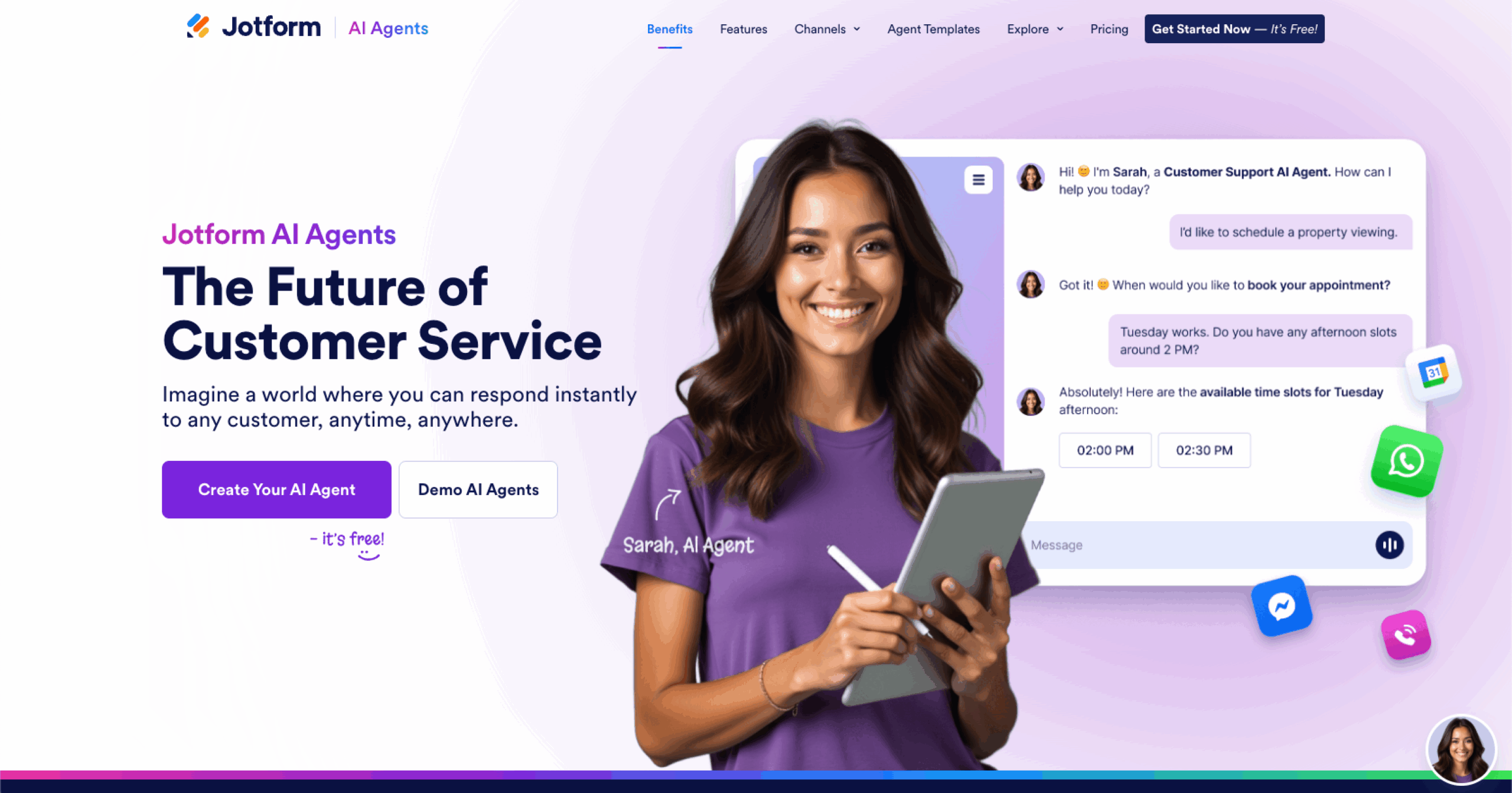













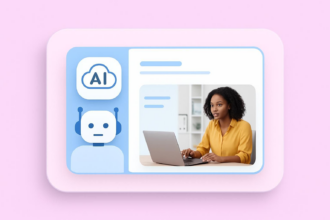





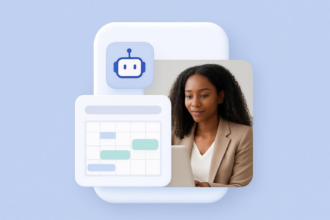

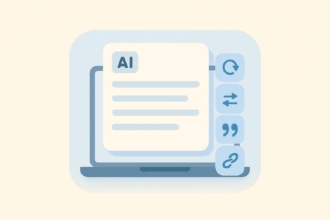

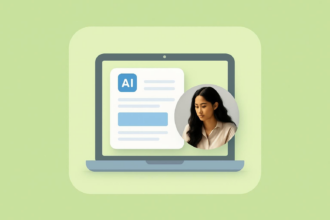
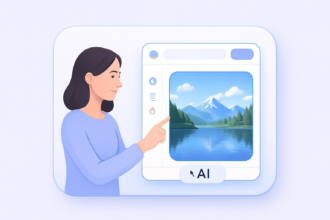
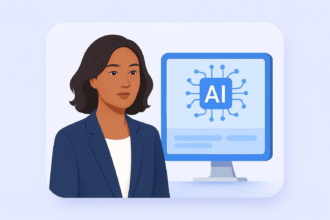

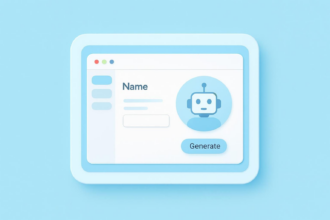











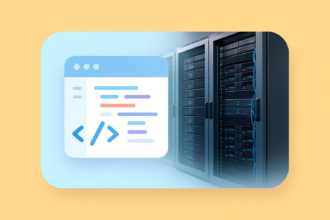


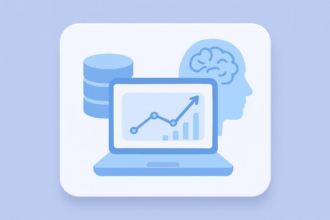



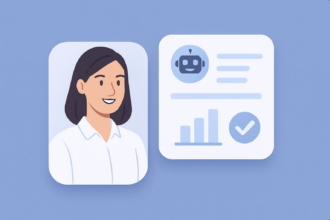





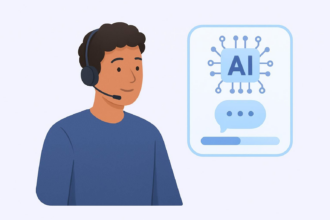
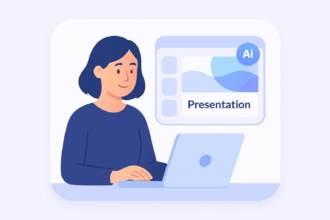





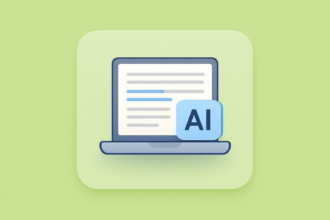




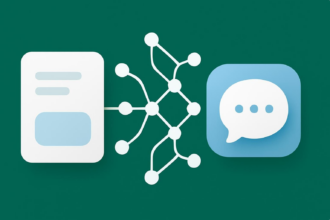
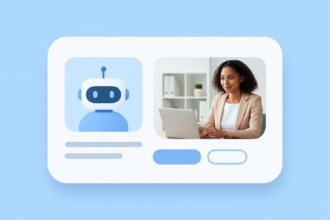
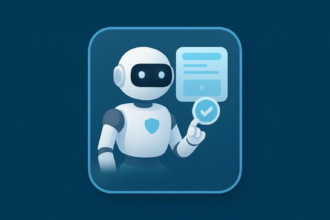









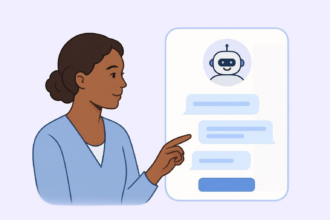





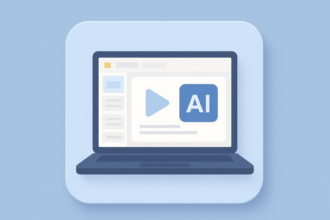




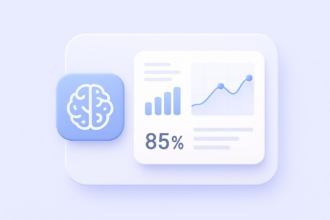

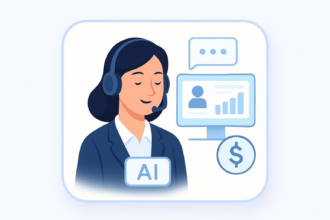



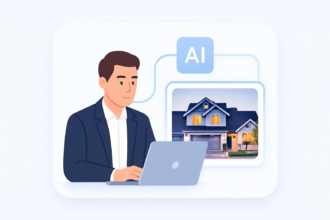







Send Comment: